Spain’s rich Islamic heritage lives on through its stunning Moorish architecture, which
dates back to the medieval period when much of the Iberian Peninsula was under
Muslim rule. These architectural marvels, featuring intricate geometric patterns,
horseshoe arches, and ornate calligraphy, continue to captivate visitors worldwide.
The following towns showcase some of the finest examples of Moorish architecture
that still stand in Spain today. These masterpieces demonstrate Islamic civilization’s
sophisticated artistic and technical achievements in medieval Spain.
Granada – Alhambra Palace

Moorish architectural splendor is at its finest when standing proudly on the hill
overlooking Granada. This immense palace-fortress complex represents Spain’s
ultimate flower of Islamic architecture, with spectacular courtyards, delicate stalactite
ceiling decorations, and famous attractions such as the Lion Fountain.
The Generalife gardens offer a tranquil antidote to the main palace, while Moorish and
authentic streetscapes or traditional carmines characterize the quarter of Albaicín
below. The complex’s sophisticated water systems and acoustic design show the
advanced engineering capabilities of its medieval builders.
Córdoba – Great Mosque

The Mezquita is one of the most impressive examples of Islamic architecture in the
Western world. This former mosque, now a cathedral, boasts a forest of candy-
striped arches and an original mihrab decorated with brilliant Byzantine-style
mosaics.
The Jewish Quarter retains its medieval Moorish character through narrow winding streets and traditional whitewashed houses. The building’s innovative double-arch system allowed for greater height while maintaining structural stability, showcasing the technical ingenuity of Islamic architects.
Like Travel Pug’s content? Follow us on MSN.
Seville – Royal Alcázar

The Real Alcázar represents the perfect fusion of Moorish and Christian architectural
styles, known as Mudéjar. This royal palace complex showcases exceptional
Islamic-inspired tilework, plasterwork, and wooden ceilings.
The extensive gardens incorporate traditional Islamic elements like fountains and orange trees, while the Palace of Pedro I exemplifies the height of Mudéjar craftsmanship. The complex’s evolution over centuries demonstrates how Islamic architectural traditions influenced Spanish design long after the Reconquista.
Toledo – Synagogue of Santa María la Blanca

Built in the early 13th century by local craftsmen working within the Moorish
architectural tradition, this particular synagogue is an exemplary result of the cultural
synthesis in medieval Spain. The horseshoe arches and geometric patterns are so
elegantly designed that they represent the Almohad style that dominated Iberian
architecture of the period, and its purpose as a Jewish house of worship reflects
Toledo’s historical reputation as the ‘City of Three Cultures.’
The building is also designed with such acoustics to enhance the place of worship, while its pristine white interior gives it an atmosphere of transcendent spirituality. This synagogue’s preservation gives concrete evidence of how Moorish architectural traditions were adapted across religious boundaries in medieval Toledo.
Málaga – Alcazaba Fortress

This well-preserved military fortification combines defensive architecture with palatial
luxury. The Alcazaba’s double walls, battlements, and gardens showcase typical
Moorish military and residential architectural elements.
Its strategic location offers stunning views of the city and the Mediterranean while demonstrating Islamic builders’ skill at integrating structures with natural topography. The fortress’s sophisticated defensive features include false gates and multiple turning points designed to confuse and trap potential invaders.
Like Travel Pug’s content? Follow us on MSN.
Zaragoza – Aljafería Palace
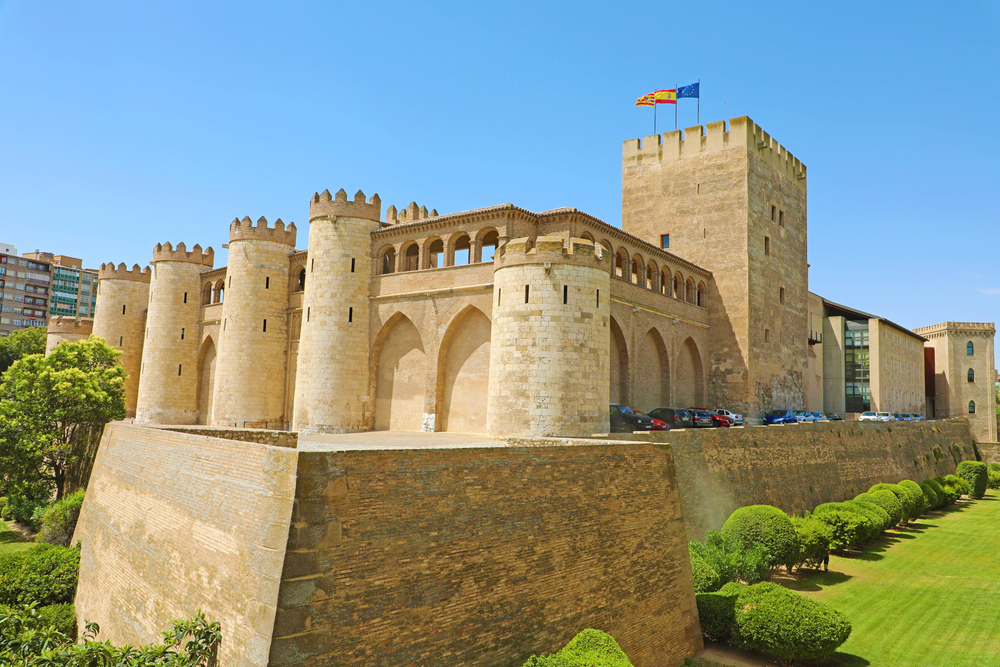
This unique example of northern Spanish Islamic architecture served as both a
fortress and a palace. The Aljafería’s intricate architectural decoration, particularly in
the Troubadour Tower and Golden Hall, represents some of the finest Moorish
craftsmanship outside Andalusia.
Its influence on later Mudéjar architecture throughout Aragón proves particularly significant. The palace’s remarkable preservation allows visitors to experience the splendor of Taifa period architecture in its original setting.
Almería – Alcazaba Complex

The largest preserved Moorish fortress in Spain dominates Almería’s skyline. This
massive complex features three distinct compounds, each showcasing different
Islamic military and residential architecture aspects.
The extensive water systems and garden designs demonstrate the sophisticated engineering capabilities of Moorish builders. Recent archaeological discoveries reveal new details about daily life within this impressive fortress city.
Jerez de la Frontera – Alcázar
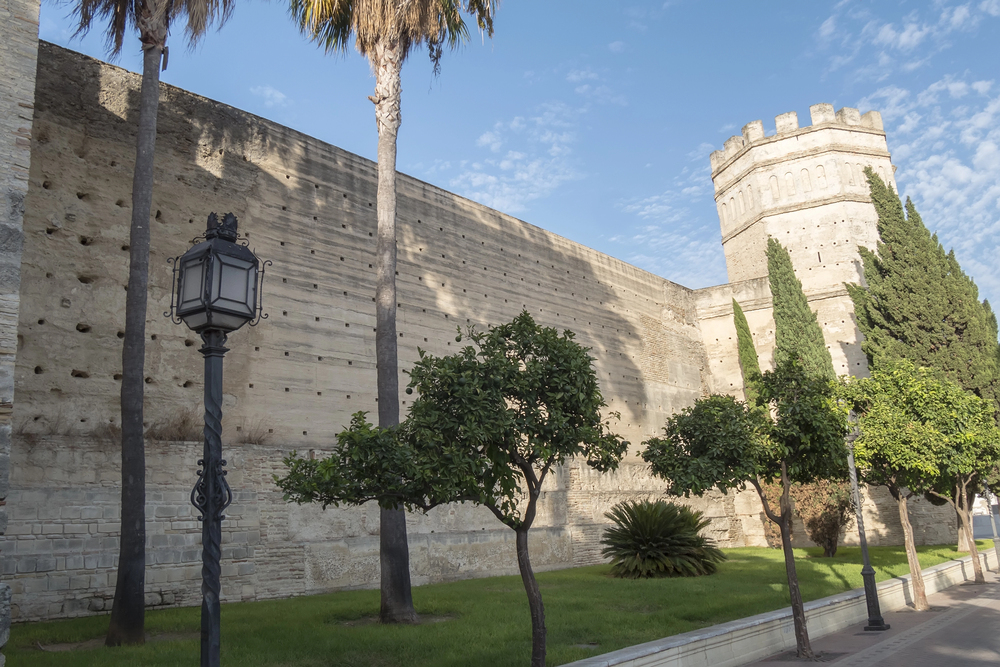
This fortress-palace complex was originally built during the Almohad period but has
been successively modified by Islamic and Christian builders. The 12th-century
Islamic bathhouse remains largely intact, while the mosque-turned-chapel shows
how Christian builders adapted existing Islamic structures.
Though renovated over centuries, the geometric gardens and water features reflect enduring Islamic paradise garden design principles. The complex’s different architectural phases give insight into how medieval builders incorporated and adapted Moorish techniques across different periods.
Like Travel Pug’s content? Follow us on MSN.
Ronda – Arab Baths
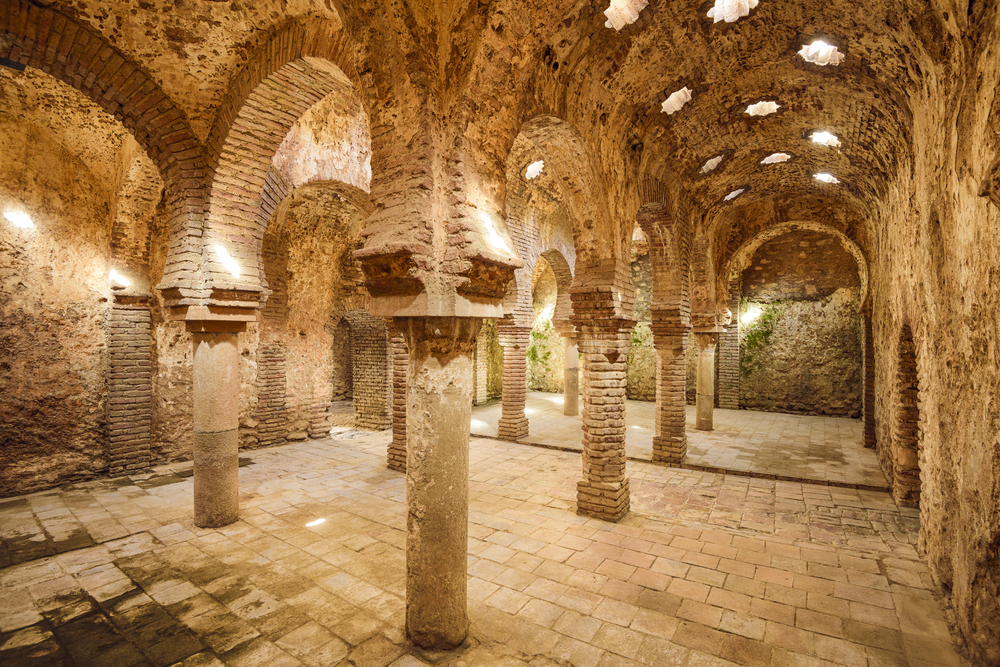
These well-preserved public baths represent some of Spain’s finest examples of
Islamic civil architecture. The star-shaped skylights, horseshoe arches, and
sophisticated heating systems demonstrate advanced Moorish engineering and
architectural skills.
The baths’ location near the old mosque emphasizes their important role in Islamic society. Their remarkable state of preservation allows visitors to understand the sophisticated social and hygienic practices of medieval Islamic culture.
Mérida – Alcazaba Fortress

This early Islamic fortress reflects Moorish design, incorporating Roman materials
and structures. Its sophisticated water collection system and cistern show Islam’s
engineering prowess, while the architectural details reflect early Moorish rule in
Spain.
Its location, commanding the Roman bridge, shows Islamic builders’ strategic adaptation of existing infrastructure. Archaeological excavations continue to uncover
evidence of the fortress’s evolution from Roman to Islamic times.
Tarifa – Castle of Guzmán el Bueno

This coastal fortress represents classic Moorish military architecture adapted to
seaside defense. The original Islamic elements blend seamlessly with later Christian
modifications, showcasing the evolution of medieval Spanish fortification design.
Its strategic position at Spain’s southernmost point emphasizes the historical
importance of Moorish defensive architecture. The castle’s impressive preservation
offers insights into medieval coastal defense strategies and architectural adaptation
to maritime conditions.
Like Travel Pug’s content? Follow us on MSN.
Antequera – Alcazaba
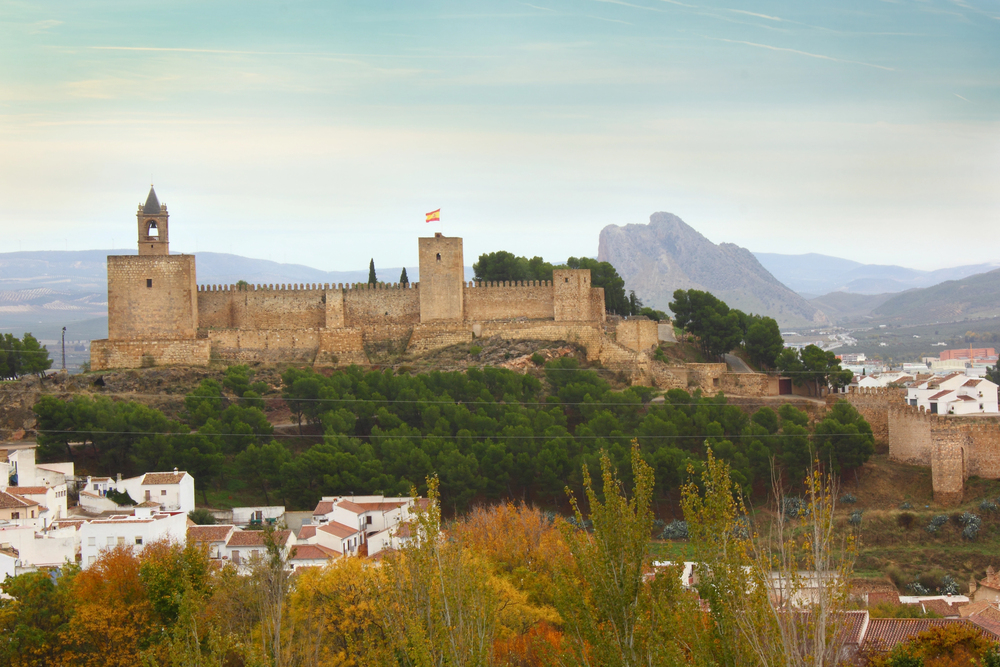
This hilltop fortress provides an excellent example of Moorish military architecture
adapted to mountainous terrain. The impressive towers and walls demonstrate
Islamic builders’ skill at incorporating natural topography into defensive designs.
The views from its ramparts highlight the strategic importance of its location in controlling inland routes. Recent restoration work has revealed original construction techniques and architectural details previously hidden under later modifications.
Carmona – Alcázar del Rey Don Pedro

This palace-fortress combines Moorish architectural elements with later Mudéjar
additions. The original Islamic gate system remains well-preserved, while the
courtyards and gardens maintain their Moorish character.
Adapting Islamic architectural principles to Christian royal needs demonstrates the lasting influence of Moorish design. Ongoing archaeological research continues to uncover new evidence of the site’s evolution from an Islamic fortress to a Christian palace.
Almuñécar – Castle of San Miguel
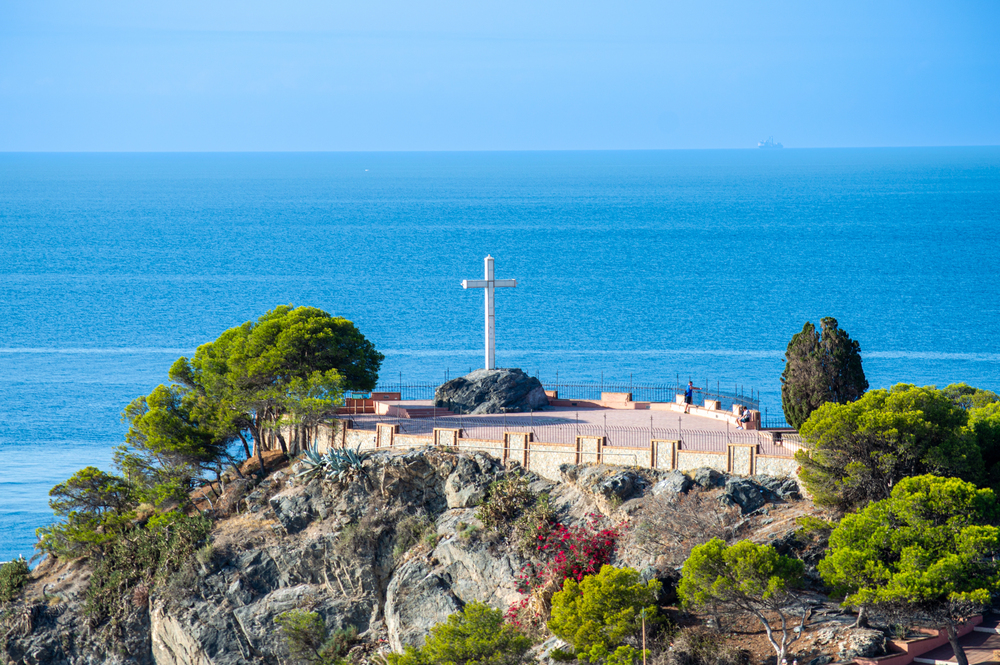
This coastal fortress showcases the evolution of Moorish military architecture from
the 8th to 15th centuries. The different construction phases visible in its walls and
towers document changes in Islamic defensive design over time.
Its sophisticated layout demonstrates Moorish builders’ mastery of complex fortification principles. Recent studies have revealed previously unknown aspects of the castle’s defensive systems and architectural innovations.
Like Travel Pug’s content? Follow us on MSN.
Úbeda – Arab Baths

These remarkably preserved public baths represent sophisticated Moorish civil
architecture. The elegant brick vaulting and lighting system showcase Islamic
builders’ technical expertise, while the layout reveals important aspects of medieval
Muslim social life.
The baths’ conversion to a private residence helped preserve original architectural features, and modern restoration techniques have allowed the recovery of original decorative elements and architectural details.
Exploring Spain’s Islamic Architectural Legacy

The architectural heritage preserved in these towns provides invaluable insights into
Spain’s Islamic period and its lasting influence on Spanish culture. Each site offers
unique perspectives on Moorish architectural innovation and adaptation to local
conditions.
Visiting these locations helps us understand and appreciate the sophisticated
civilization that created these enduring monuments to human creativity and technical
skill. These architectural treasures stand as enduring testaments to the cultural
richness of medieval Spain’s multicultural society.
More from Travel Pug

- 15 Dangerous European Cities to Avoid
- 15 Caribbean Islands Where Tourists Keep Getting Scammed
- The 20 Most Fascinating Abandoned Places: A Journey Through Time and Forgotten Spaces
- 15 Hidden Places in the Smithsonian Museums Locals Love: A Guide to Lesser-Known Treasures
- 16 Hidden Florida Beach Towns That Aren’t Overrun with Tourists
Like Travel Pug’s content? Follow us on MSN.
